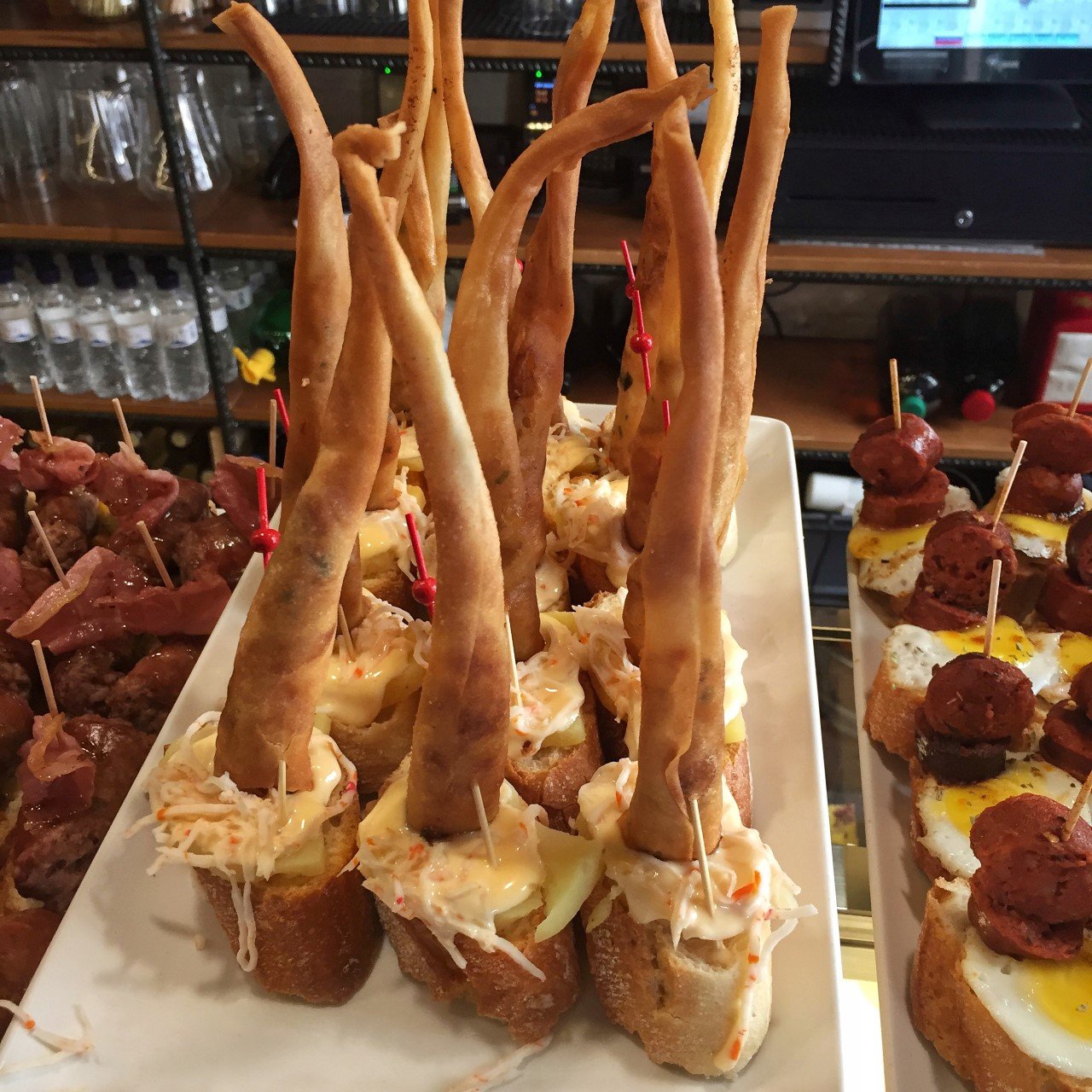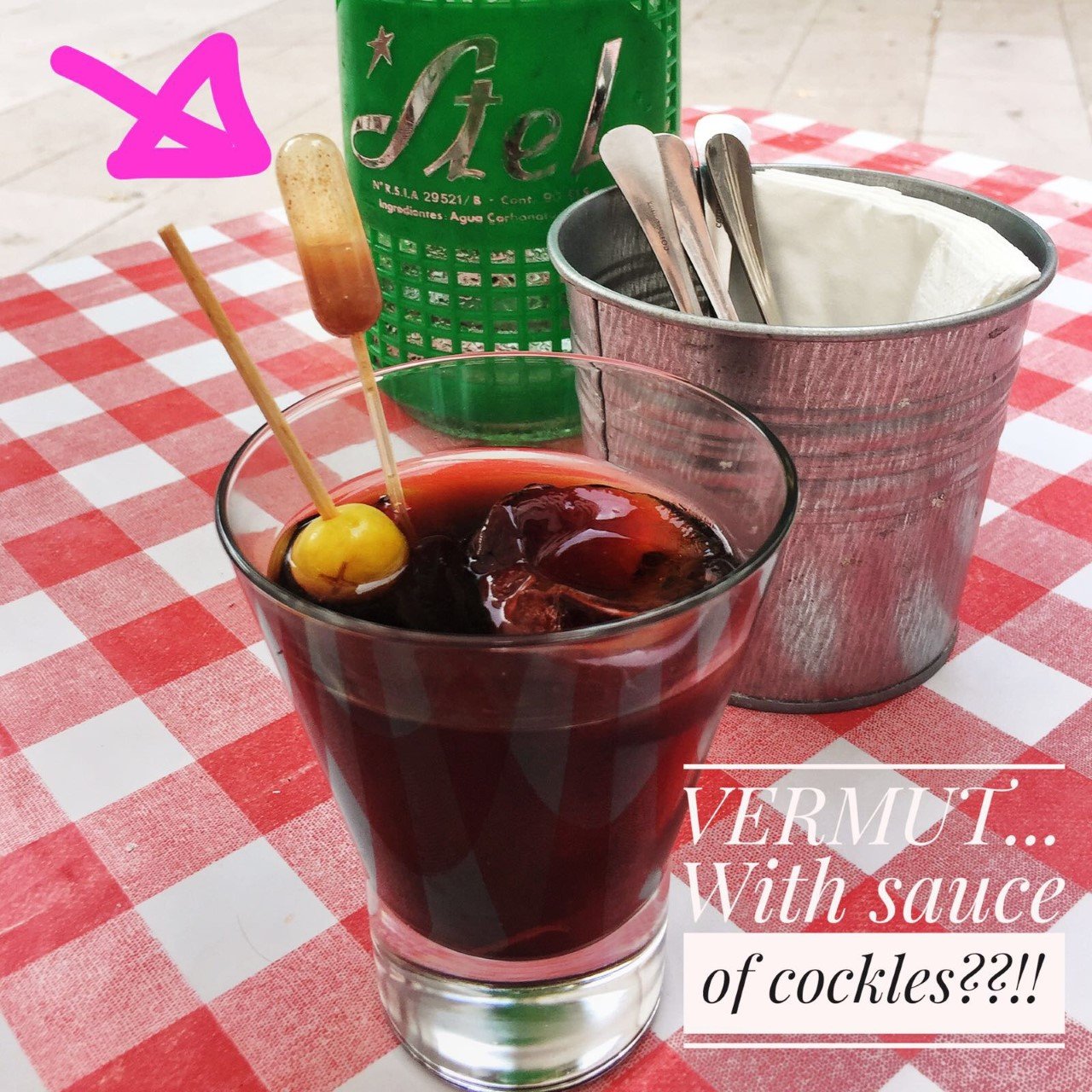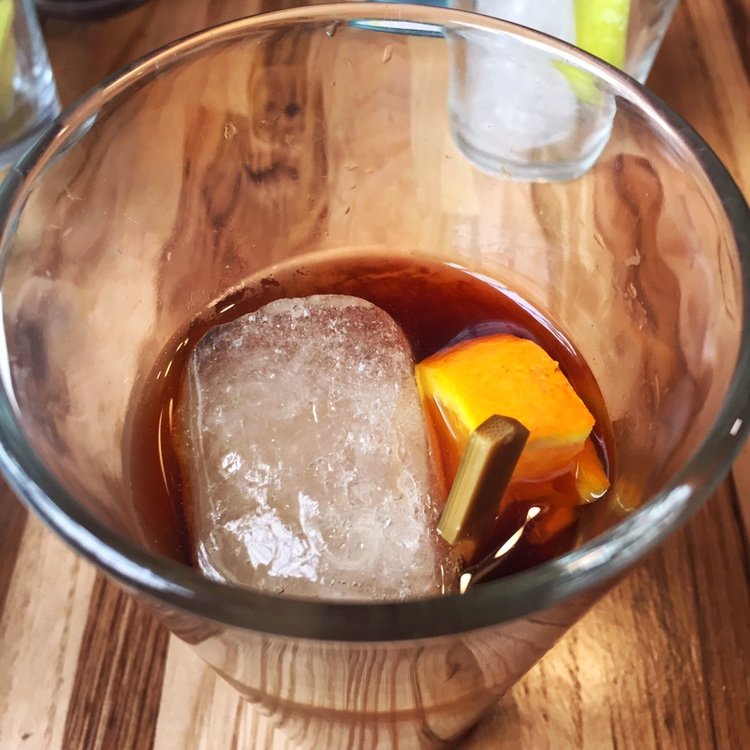Vermut In Barcelona…. Bucket list drinking.
Think Spain and we imagine Sangria, right? Or maybe a punchy Rioja. Perhaps even a powerful Ribera del Duero (assuming we equally share a predisposition for alcoholism)… all these answers are more than fair. This is why when I discovered the most delicious drink in the stratosphere, I was left breathless, but also slightly confused as to its general anonymity.
Vermut.
Yup, it warrants a paragraph all to itself. Also referred to as Vermouth (which grossly belies its intense taste composition when confused with the old bottled variety) this is a drink steeped in Catalan history. Traditionally a blend of white wine flavoured with an infinite number of botanicals such as herbs, spices, roots, bark and flowers, the result is an aromatic, fortified drink near blood red/black in colour. Served with a slice of lemon or orange, but usually always with an anchovy stuffed olive- the taste hits multiple senses- bitter, sweet and umami. The addition of the anchovy may alienate some… but stay with me here. This unexpected hit of umami carefully balances the sweetness of the fruit and the bitterness of the botanicals. There is a symphony at work here, which few other drinks rival.
Historically it was a drink for the bourgeois, but soon migrated to the working class in seaside Barceloneta, who would enjoy this native wine with tapas such as fresh cockles, Catalan sausage, olives and rustic fried potato chips. Since then it has embedded deeply in Catalan culture. Generally ordered as an aperitif before lunch after Sunday mass, it not only opens the appetite but acts as a beautiful excuse to gather family and friends. To be fair, the Spanish wield an unrivalled way of adding elegance to unnecessary daytime drinking.

Nowadays, it’s no longer confined to old-style tavernas, as Vermut Hour has become a trend embraced by younger generations. An hour happily turns to a full afternoon, and the drink is served with pride in most of Barcelona’s hippest bars.

One of the most seductive sides to Vermut is the fact that each casa has its own recipe. The principle remains the same, but there is room for magnificent depth and complexity of taste. Often aged in wooden casks, the maceration process can last six months or more.
Jose Antonio Moliner of the Gran Bodega del Maestrazgo explains, “Nearly all vermouth casero (home-style) starts as white wine. Generally weak in flavour, low in alcohol, and lacking proper structure, the base wine can be any varietal really. It doesn’t matter. What matters is the house-specific recipe and style from each cooperative.
After the base wine is selected, it is then fortified with alcohol (96 percent pure ethyl alcohol is often used, mainly as a stabiliser to keep the wine from turning to vinegar during the maceration process). Next, the herbs, barks, roots, flowers, spices and other botanicals are added to the mix. If the wine goes over 15% alcohol, the state taxes you as if it were a spirit, not wine. To avoid paying higher taxes, people don’t make vermouth higher than 15%, or they fudge the details on the label.”
When asked how he makes his own version… “I wouldn’t dare,” Jose retorts, “It’s all about the recipe. No one is going to tell you anything”.
During my most recent trip to Barca (apologies for the lack of pics- prioritisation was placed on gorging myself), I discovered Vermut being served with the below (see image). Not the green bottle, which is simply a siphon of soda water (added as an optional dash to the drink), but this curious little pepita (vial) containing Salsa de Beberechos (liquid from pickled, canned cockles). I almost didn’t add this detail- for fear of repulsing potential Vermut drinkers- but please, God forbid please- should you have the chance to try it… do. It truly adds another dimension to the drink. A riot of taste.

In Catalan they say ‘fer un vermut” (literally “to do a vermouth,” but broadly meaning “to go get a drink”). But fool us not, it’s kinda like drinking a cappuccino in Italy after midday- there are rules. Vermut is strictly served as an aperitif before lunch- unless you don’t mind showering in humiliation (like yours truly) and continue to order it into the night. The locals considered me a foul gringo I am sure. As for me, well… it’s hard to register the tacit dismay of others when revelling in ignorant bliss.
I should stop banging on now. I could continue to feed you with minute slices of its history and making, or persist in attempting a worthy description, but it is pointless. Anything I try will fail in comparison to being seaside in fiery Barcelona with a glass of Vermut to your lips.


Leave a Reply